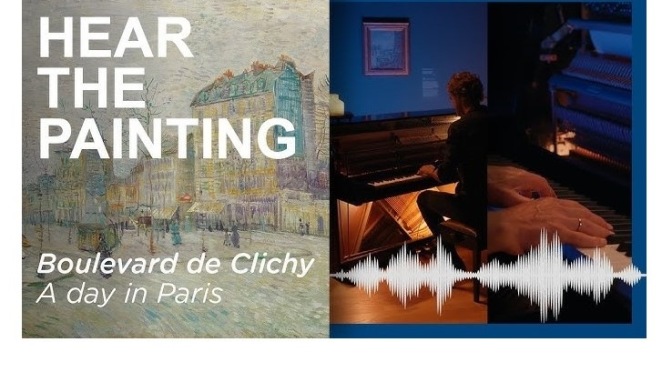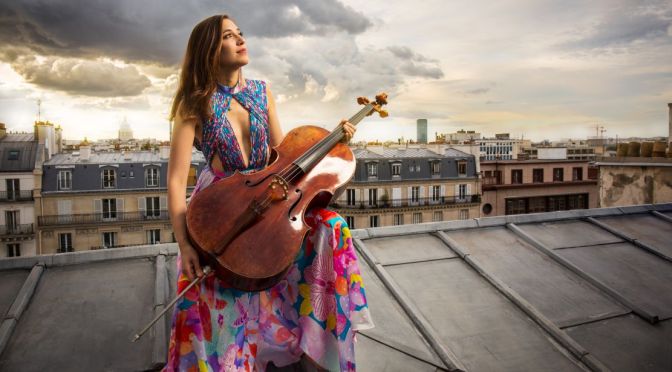DW Classical Music (February 4, 2024): Robert Schumann’s “Kinderszenen” (“Scenes from Childhood”) is one of the most popular piano works of the Romantic period. The highlight of the 13-part piano cycle is the “Träumerei” (Dreaming). The work is considered the epitome of romantic piano compositions.
New York pianist, Tiffany Poon, played Robert Schumann’s “Kinderszenen”, Op. 15 at the Dresden Music Festival 2023. The concert took place on June 17, 2023, at the Palais im Großen Garten.
Video timeline: (00:00) Coming on stage (00:21) 1. Von fremden Ländern und Menschen (Of Foreign Lands and Peoples) (02:02) 2. Kuriose Geschichte (A Curious Story) (03:07) 3. Hasche-Mann (Blind Man’s Buff) (03:39) 4. Bittendes Kind (Pleading Child) (04:39) 5. Glückes genug (Happy Enough) (05:17) 6. Wichtige Begebenheit (An Important Event) (06:09) 7. Träumerei (Dreaming) (08:51) 8. Am Kamin (At the Fireside) (09:47) 9. Schumann Ritter vom Steckenpferd (Knight of the Hobbyhorse) (10:32) 10. Fast zu ernst (Almost Too Serious) (12:40) 11. Fürchtenmachen (Frightening) (14:13) 12. Kind im Einschlummern (Child Falling Asleep) (16:16) 13. Der Dichter spricht (The Poet Speaks)
Robert Schumann’s “Kinderszenen” was composed in 1838 and published the following year without a dedication and with the misleading subtitle “Easy Pieces for the Pianoforte.” Unlike the “Album for the Young,” which Schumann had composed for “younger children” in his own words, he did not write the “Kinderszenen” for children, but for adults reflecting on their own childhood.
At first, the cycle was to be titled “Children’s Stories” and preceded or appended to the “Novelettes,” Op. 21. However, Schumann later refrained from doing so. He wanted to have the “Kinderszenen” published as a separate opus. Although the work was not very successful during the composer’s lifetime, it eventually evolved independently and was highly regarded. It had a significant influence on the Romantic program miniature for piano.









